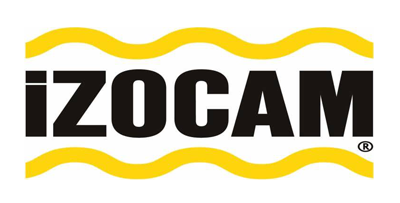
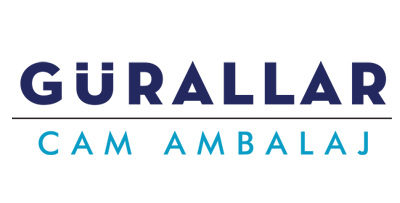

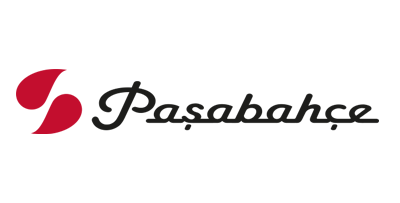


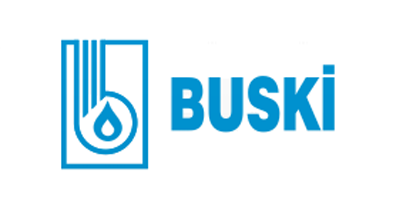

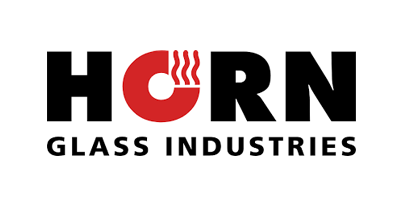

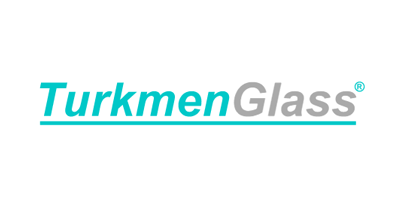
These terms are related to the refractory materials industry, and especially industrial furnaces. An industrial furnace built with refractory materials is subject to a variety of processes during the installation and maintenance. To specify these processes in detail:
Hot repair : Hot repair is the term used for maintenance and repair operations performed without stopping the operation of an industrial furnace. In other words, the process is completed while the furnace is still running at high temperature. This ensures that businesses do not lose time and money.
Heat – Up : After the construction of an industrial furnace is completed, the first heating of the furnace must be done in a controlled manner. Heat - up is a term that refers to this process. The first heating of the furnace is an extremely delicate process. Even one wrong move during this operation will directly affect the lifetime of the refractory materials and the furnace. The heat - up process differs depending on the refractory material used in the furnace. For example, alkali-containing refractory materials release very little water vapor during the first heating. However, furnaces built with conventional refractory materials will release a dense water vapor and require appropriate measures. The heat - up process must be completed without reducing the thermal stability of refractory materials. Convective heat transfer is the most commonly used method for heat-up processes.
Dry Out : Dry out literally means "drying" and is a very important process for the refractory materials to be ready for use. Monolithic refractories contain an amount of liquid and moisture inside. As explained above, more moisture and liquid also occurs during the heat - up process. Dry – out is the name of the process which removes all of this unwanted liquid and moisture and completely dries up the furnace. Otherwise, moisture remaining in the materials will reduce the long-term stability and reduce the lifespan of industrial furnaces. How the dry - out method is carried out depends on the nature of the refractory material used.











You can learn more about what we have accomplished in detail by reviewing our recent projects
More Details